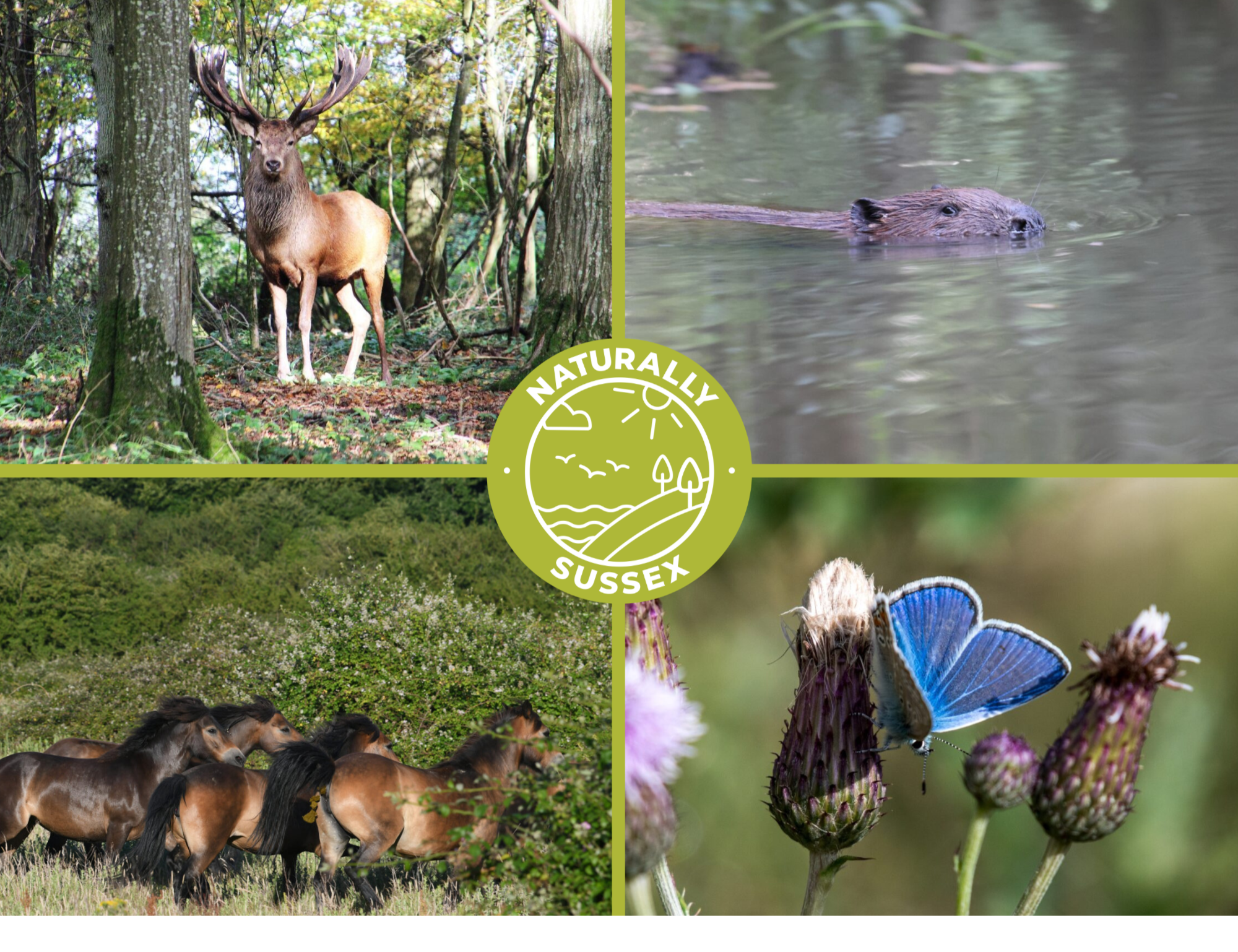Sussex Safaris
It’s not just South Africa who can lay claim to having ‘the big five!’ In Sussex we too have an extraordinary array of wildlife from wild horses to white storks!
In fact, there are many opportunities to go on your very own Sussex Safari and spot all manner of wonderful animal species. You might choose to go on a white stork safari or visit the wild horses at Knepp Estate (where endangered species such as nightingales, turtle doves and purple emperor butterflies have found sanctuary), take a meander through the South Downs National Park, and spot adders, great crested newts and sand lizards, or enjoy a guided boat safari through the tall reeds of Arundel Wetland Centre, in search of little grebes, kestrels and kingfisher chicks learning to fly.
If the coastline appeals, head to Selsey for a marine eco safari with Mulberry Marine Adventures or kick back on a sunset cruise and learn about our Sussex dolphins and marine mammals with the Sussex Dolphin Project. Alternatively, try out a nocturnal bat walk or a wildlife course and deepen your nature connection with the Sussex Wildlife Trust or indulge in a sensory journey of birdsong and nature at one of our RSPB sites where you might spot a peregrine falcon. Fancy a glass of Sussex sparkling with your nature spotting? Head to Wiston Estate and try out one of their landscape and nature tours, discover hidden habitats and maybe glimpse a deer…
There’s a wealth of wildlife in Sussex all year round. Here’s our round up of the majestic big five animals, the charming little five creatures, the fascinating mini beasts and marine animals we like to admire and protect.
We’d love to know about YOUR Sussex big 5, little 5, minibeast big 5 and marine big 5. Get in touch by following and tagging us in your socials posts on Facebook and Instagram. We’re looking forward to seeing photos of your favourite wildlife species in Sussex and where you saw them in Sussex.
JUMP TO:
BIG 5 | LITTLE 5 | MINI BEAST BIG 5 | MARINE 5
The Big 5
Peregrine Falcon
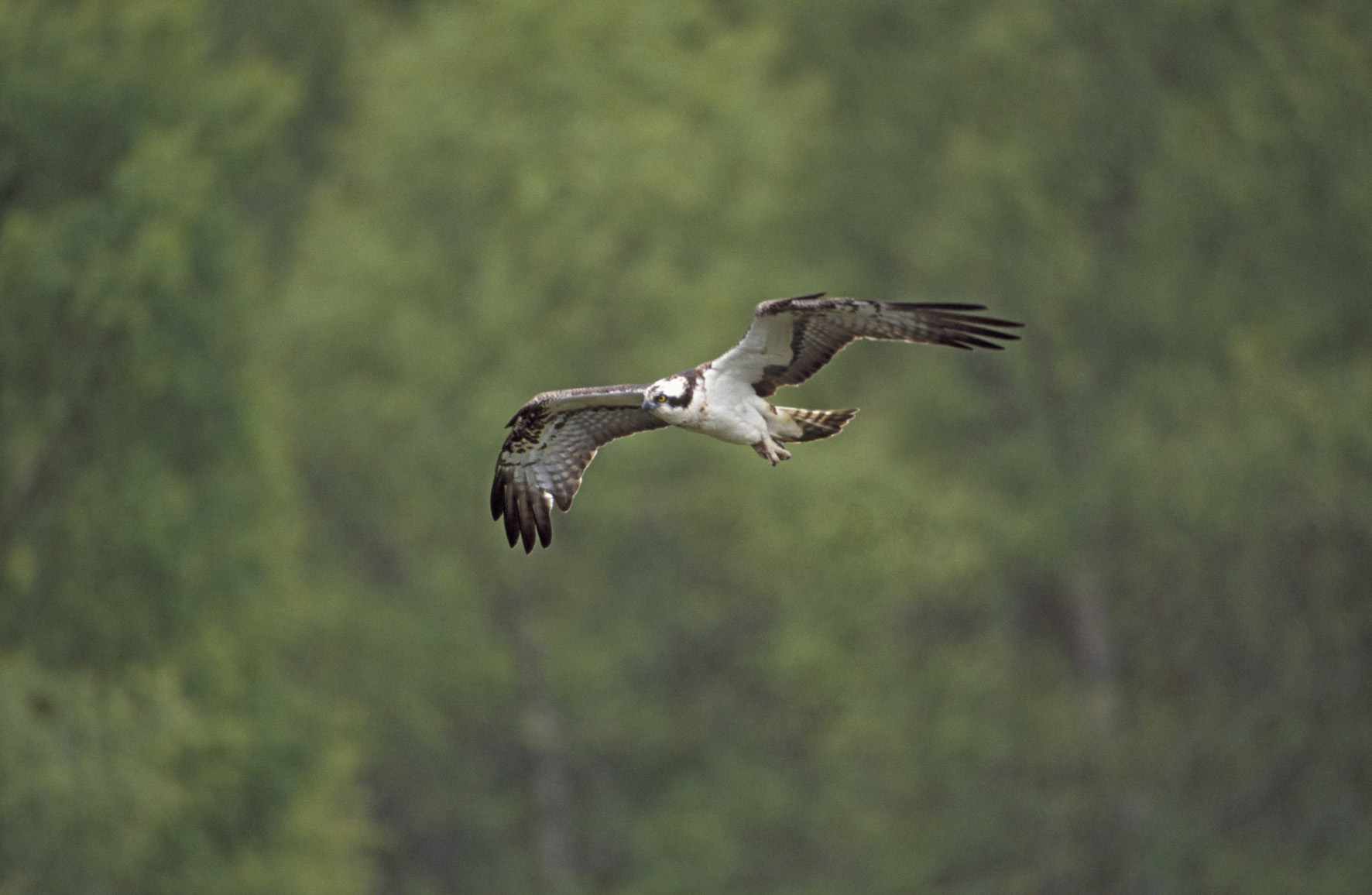
A stunning bird of prey known for its astonishing speed and precision in capturing flying prey.
Eurasian Beaver

Skilled ecosystem engineer, reshaping waterways with its dam-building prowess to create vital wetland habitats.
Red Deer
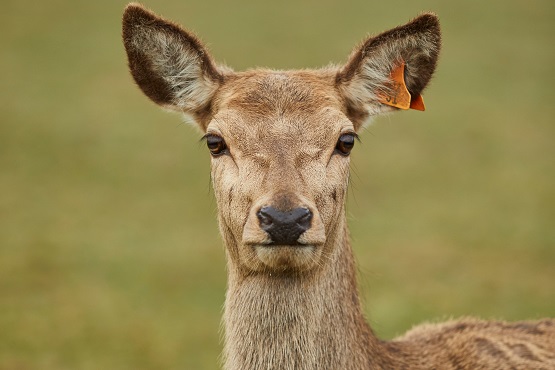
Majestic antlers and powerful stature, it is one of Europe’s largest and most iconic deer species.
Exmoor Ponies
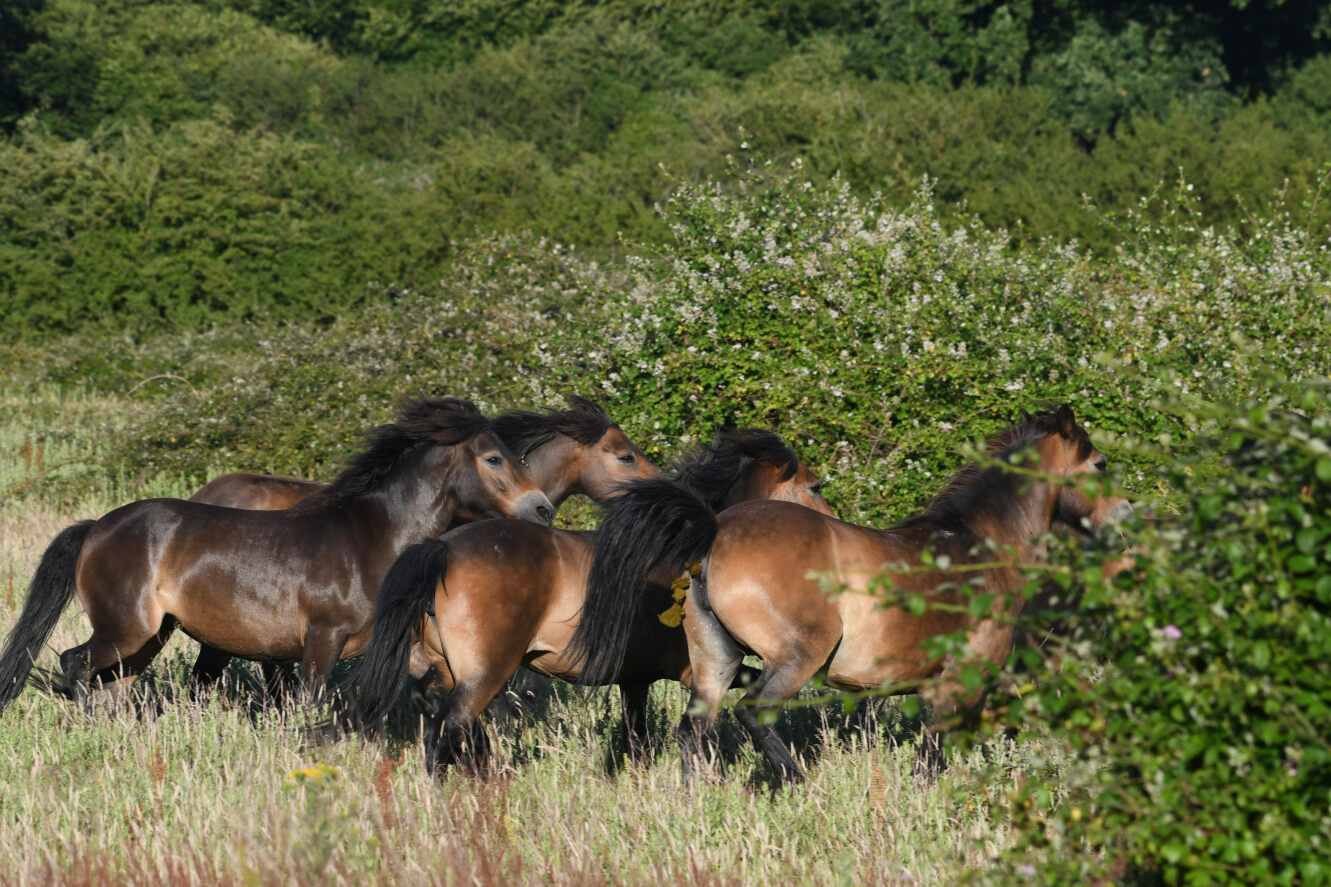
This hardy and ancient breed, roam the rugged moorlands of England, contributing to the preservation of their unique habitat.
White Storks
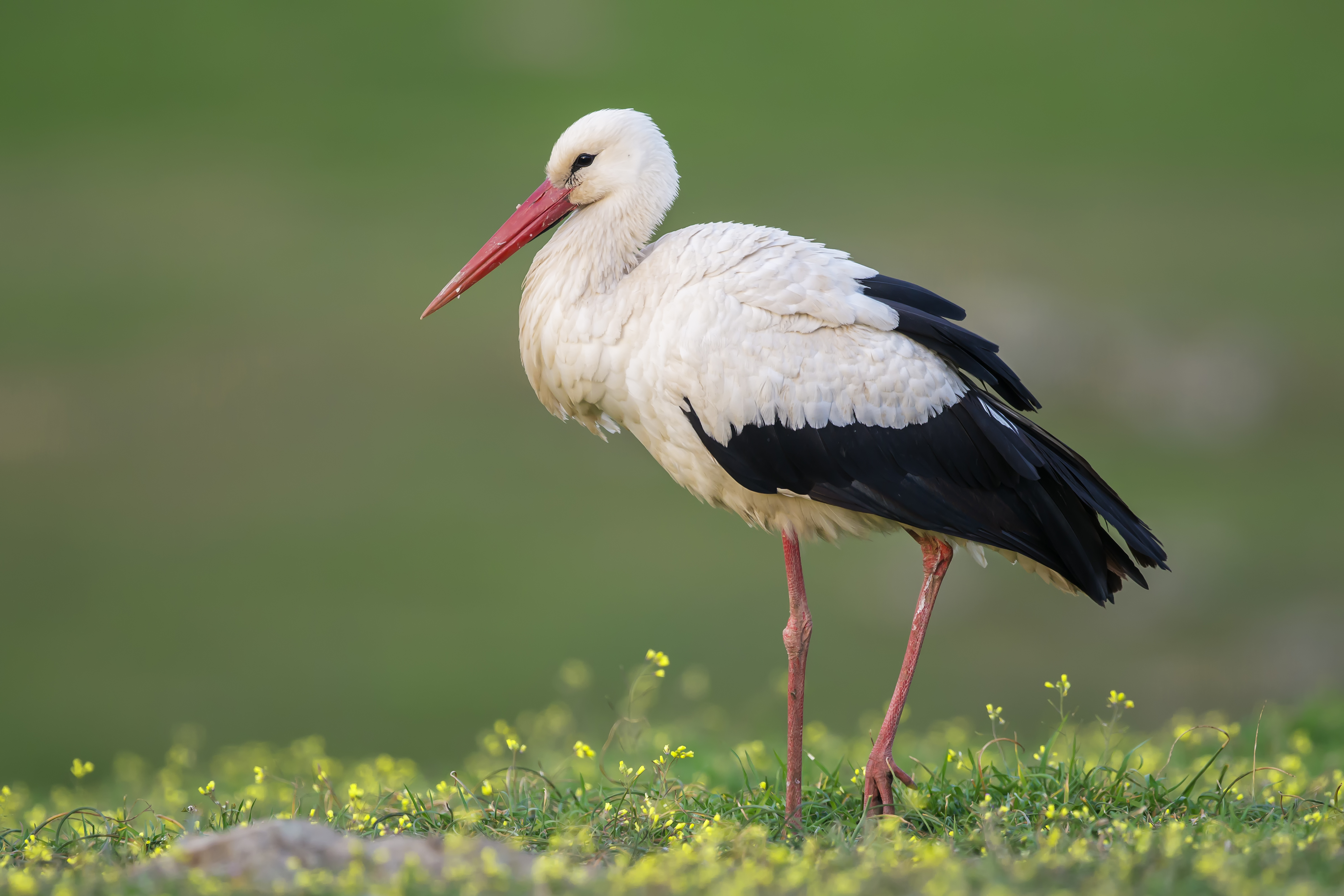
Long-legged birds famous for their seasonal migrations between Europe and Africa. Knepp Estate have successfully bred the first white storks in the UK for hundreds of years!
Little 5
Water Vole
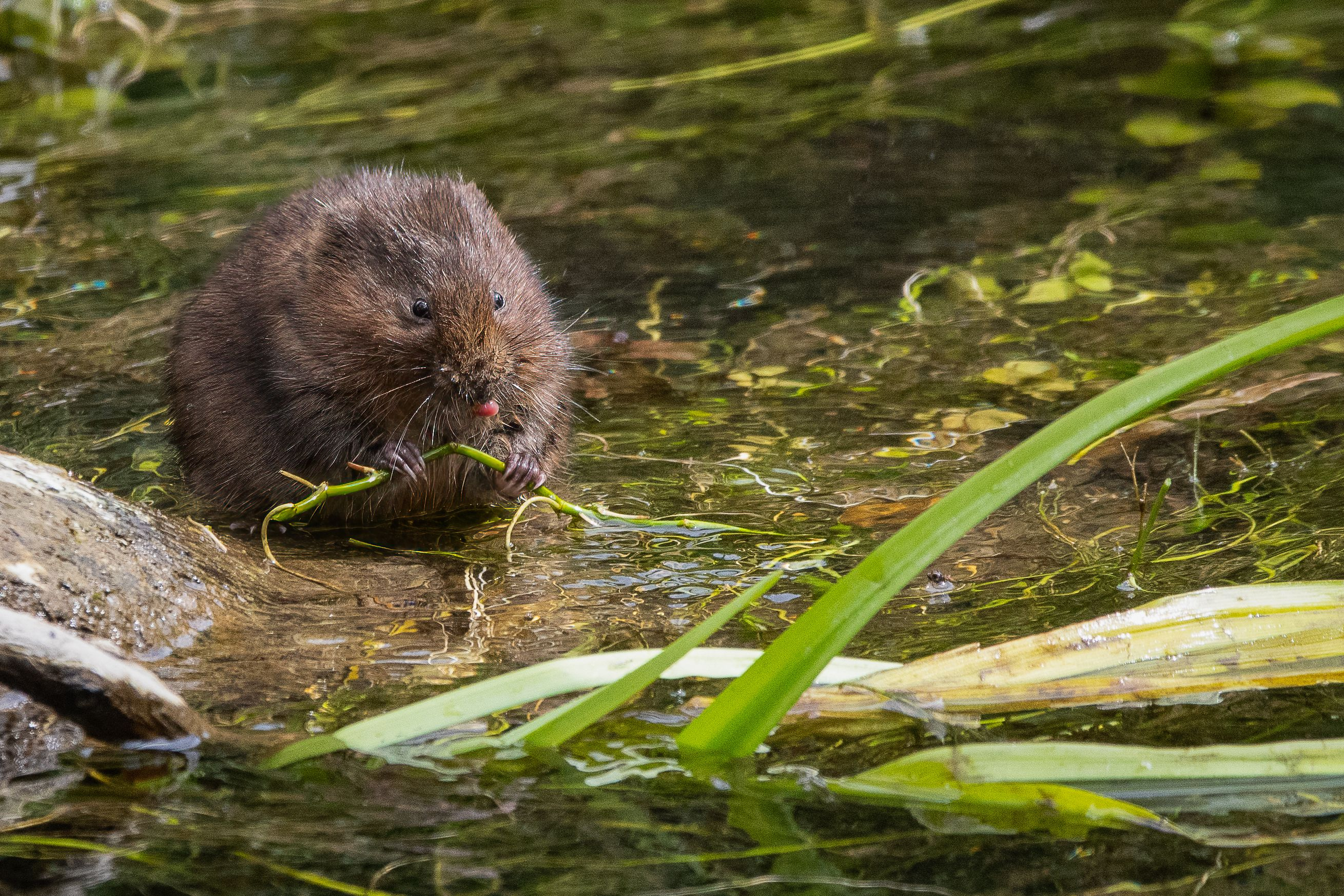
A semi-aquatic rodent, often found near water bodies, known for its burrowing habits and significant role in riparian ecosystems.
Barbastelle Bat
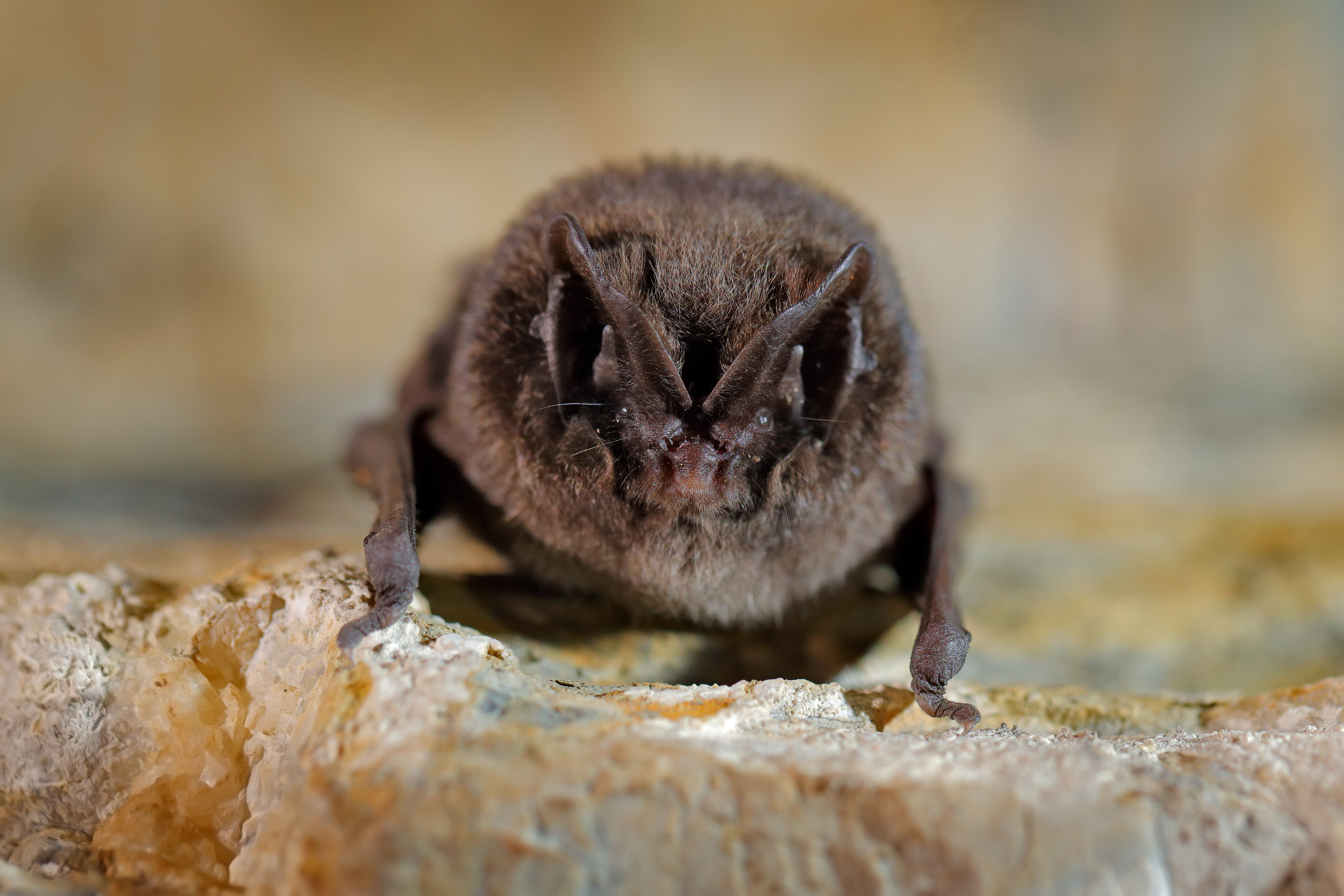
A rare and elusive species, recognised for its distinctive facial structure and remarkable echolocation abilities, which help it navigate in low-light environments.
Skylark
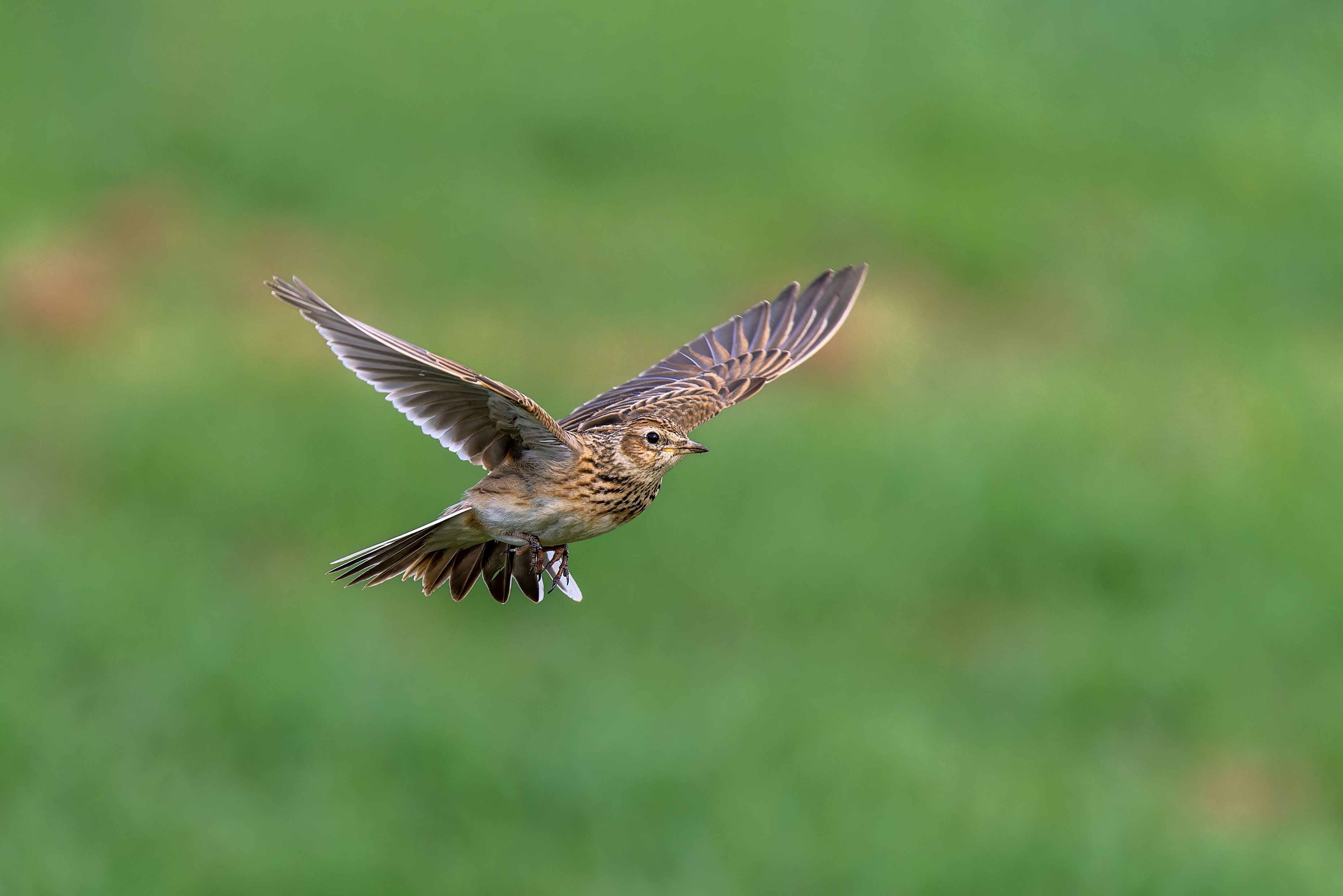
A small songbird famous for its melodious and uplifting song, often heard as it soars high into the sky.
Tawny Owl
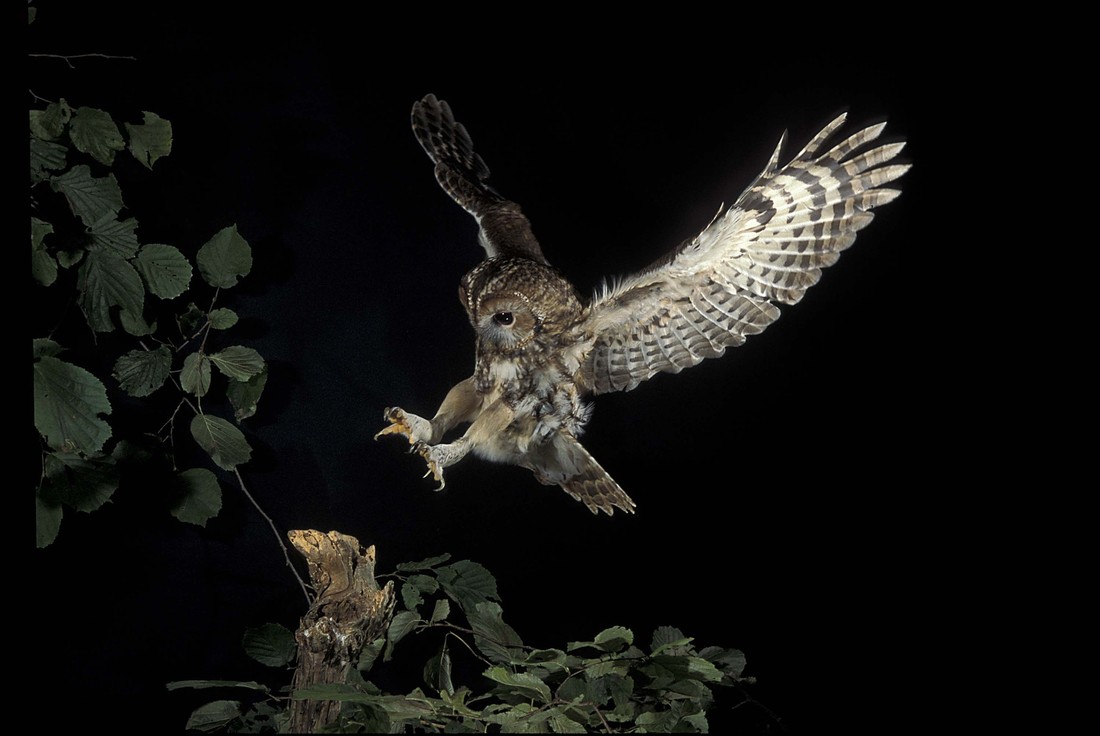
A nocturnal bird of prey, recognised by its hooting calls and stealthy hunting behaviour in woodlands and forests.
Nightingales
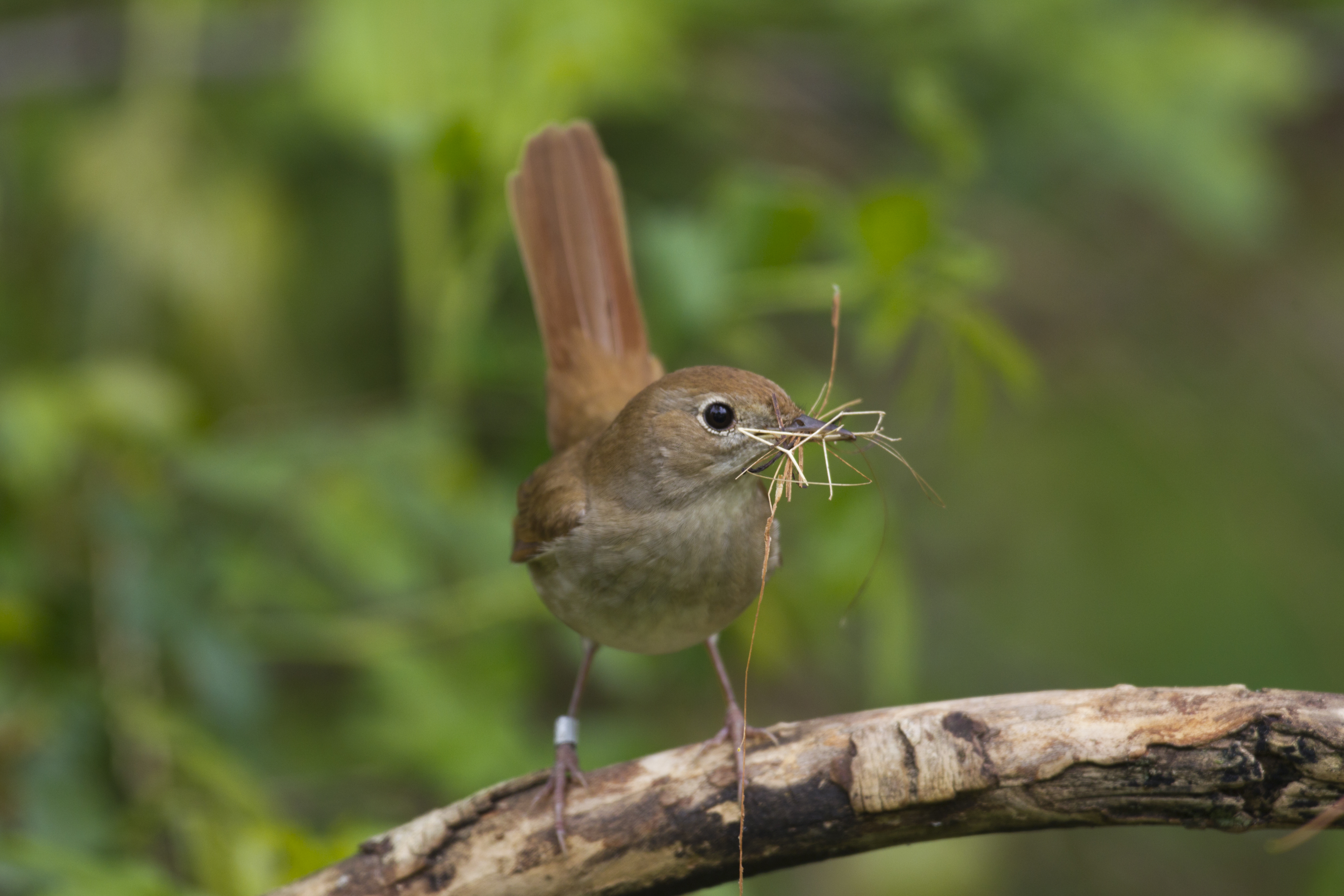
Known for its enchanting and melodious song, the nightingale is a small and unassuming bird that has captivated hearts for centuries with its nocturnal serenades.
Mini beast big 5
Stag Beetle
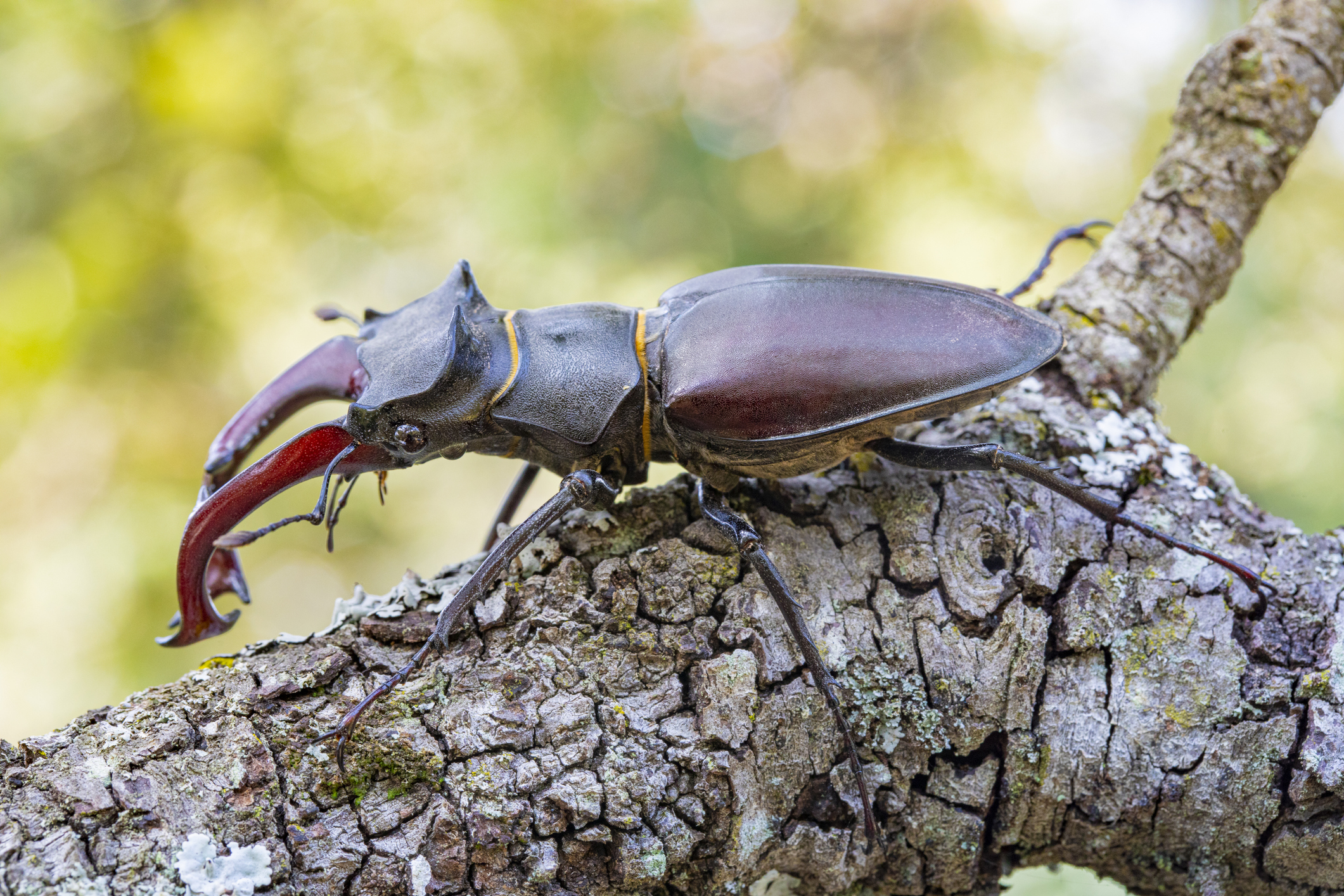
A large and charismatic insect, recognised for its formidable antler-like mandibles, often seen during summer evenings as males take to the air in search of a mate.
Purple Emperor Butterfly
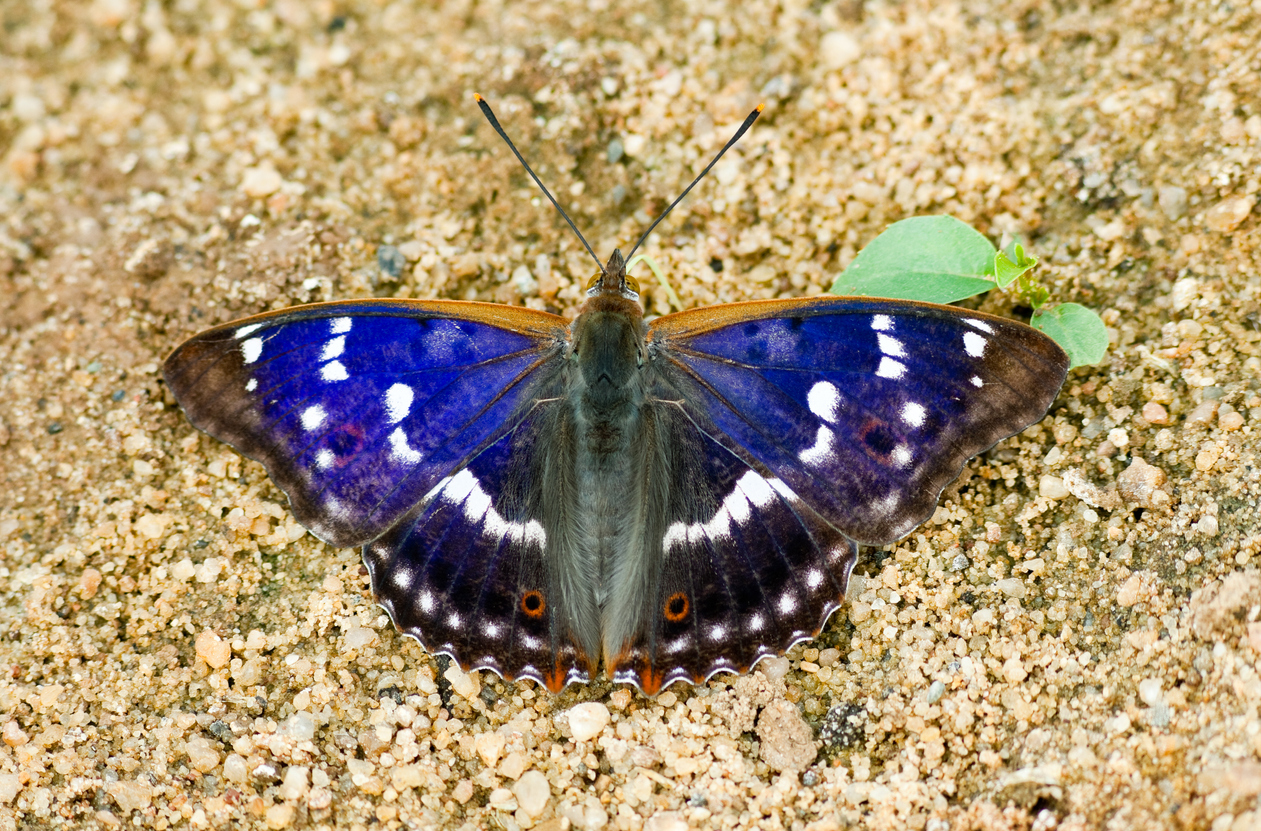
A striking woodland species known for its rich iridescent purple wings and elusive behaviour, making it a prized sighting for butterfly enthusiasts.
Wasp Spider
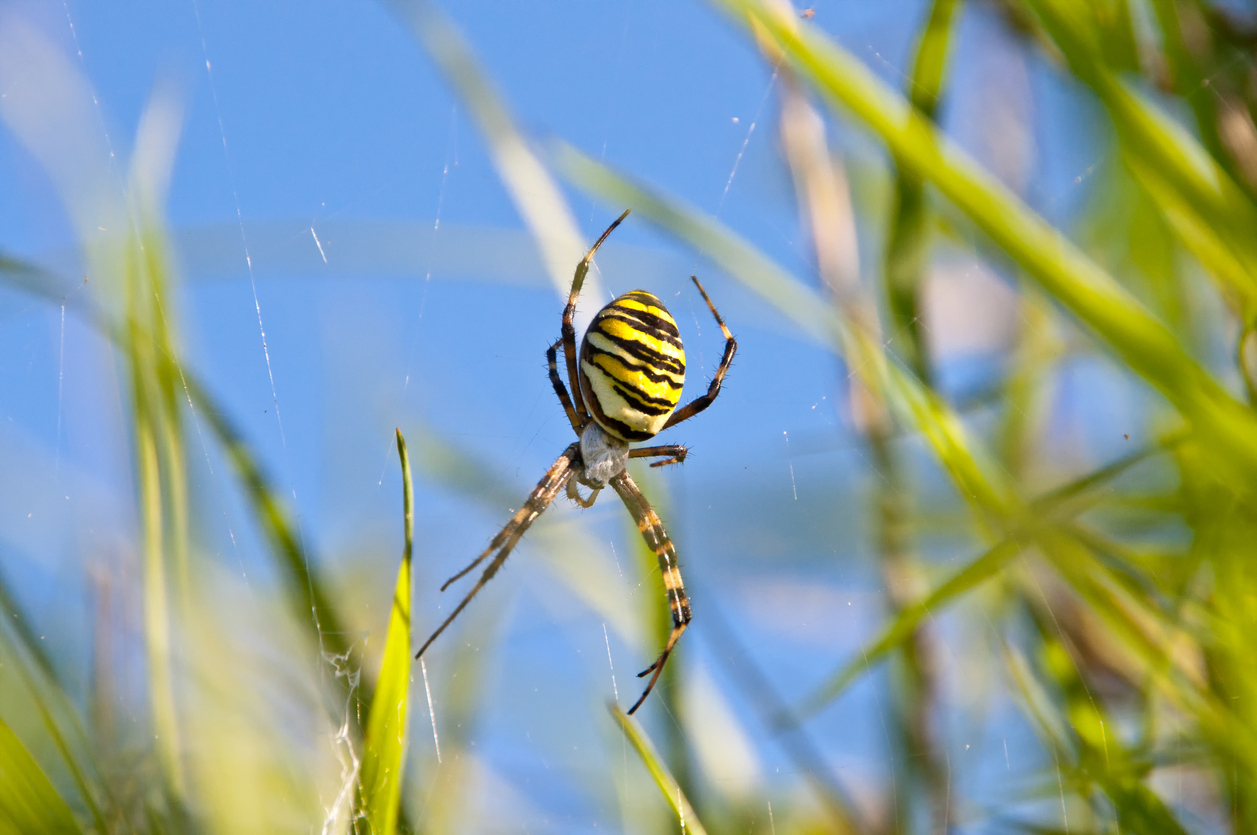
A visually striking arachnid, notable for its distinctive yellow and black striped abdomen and intricate orb-shaped webs, where it patiently awaits its insect prey.
Dragonfly
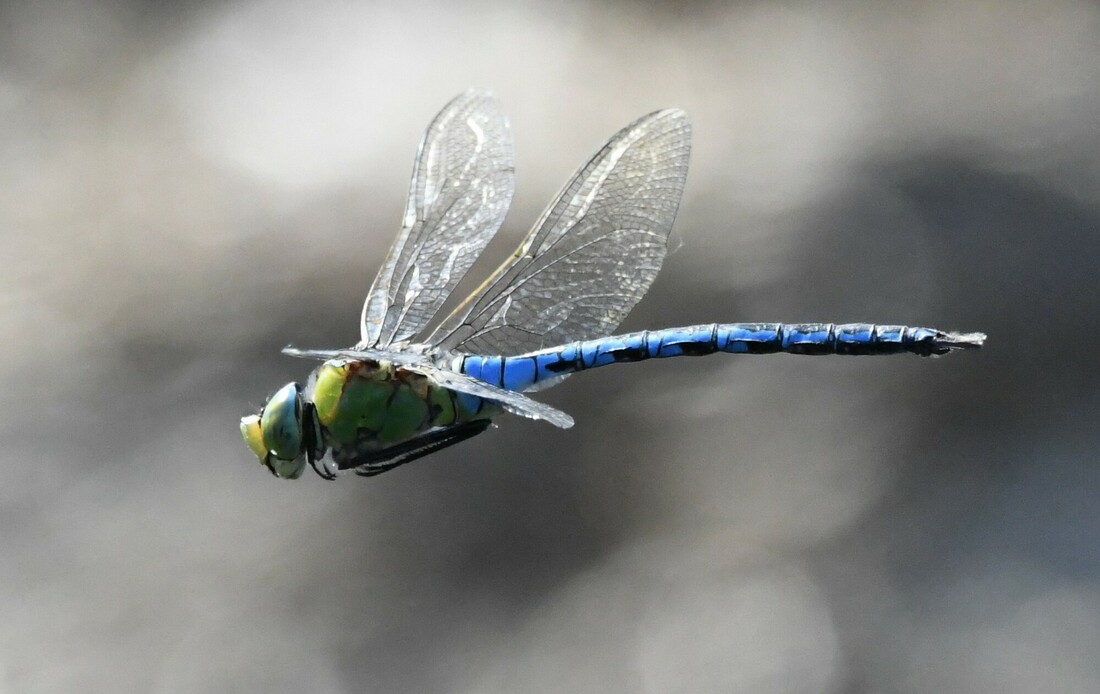
Agile and colourful insects with intricate, transparent wings, known for their aerial acrobatics and voracious appetite for mosquitoes and other small flying insects.
Sand Lizard
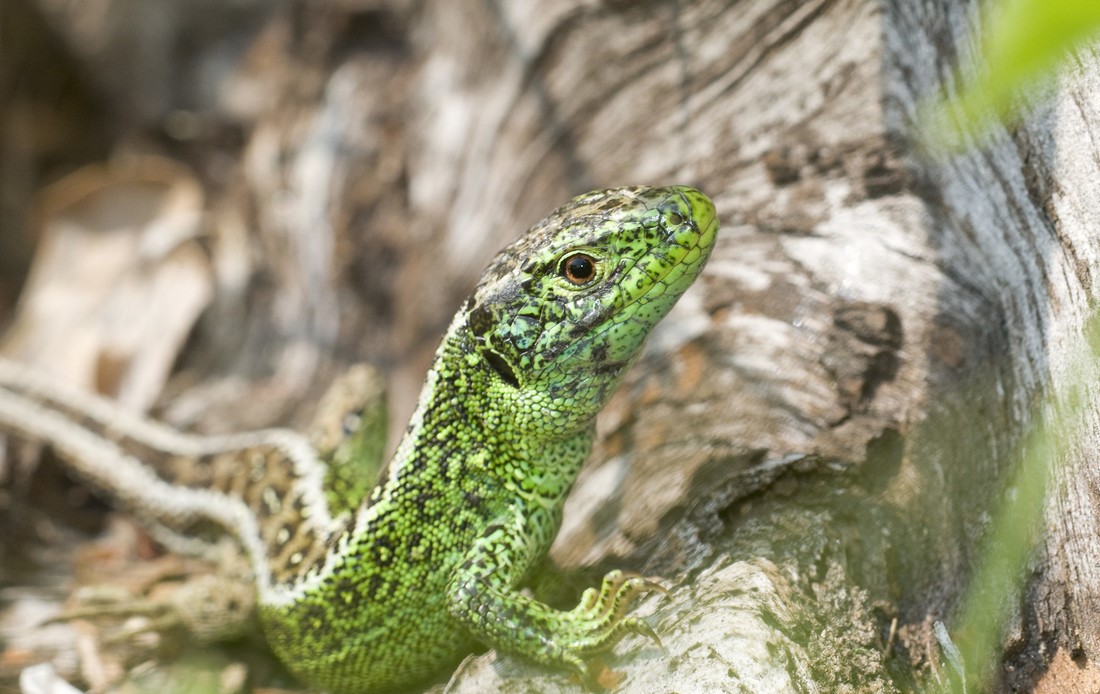
A reptile adapted to coastal and heathland habitats, identified by its sandy colouration and the males’ striking green flanks during the breeding season, makes them a fascinating subject.
Marine 5
Bottlenose Dolphins
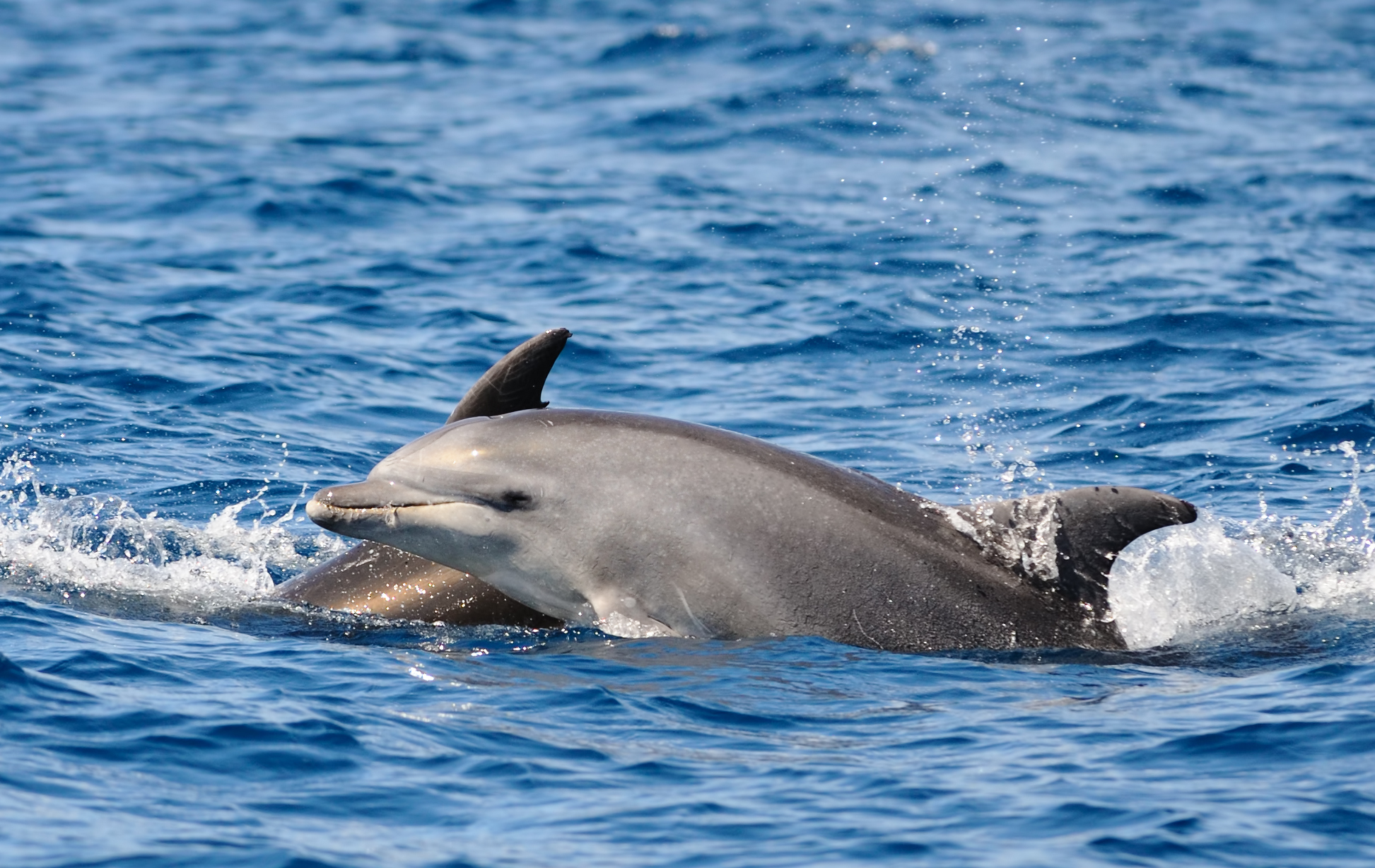
Highly intelligent marine mammals known for their playful nature and distinctive, bottle-shaped snouts.
Short Snouted Seahorse
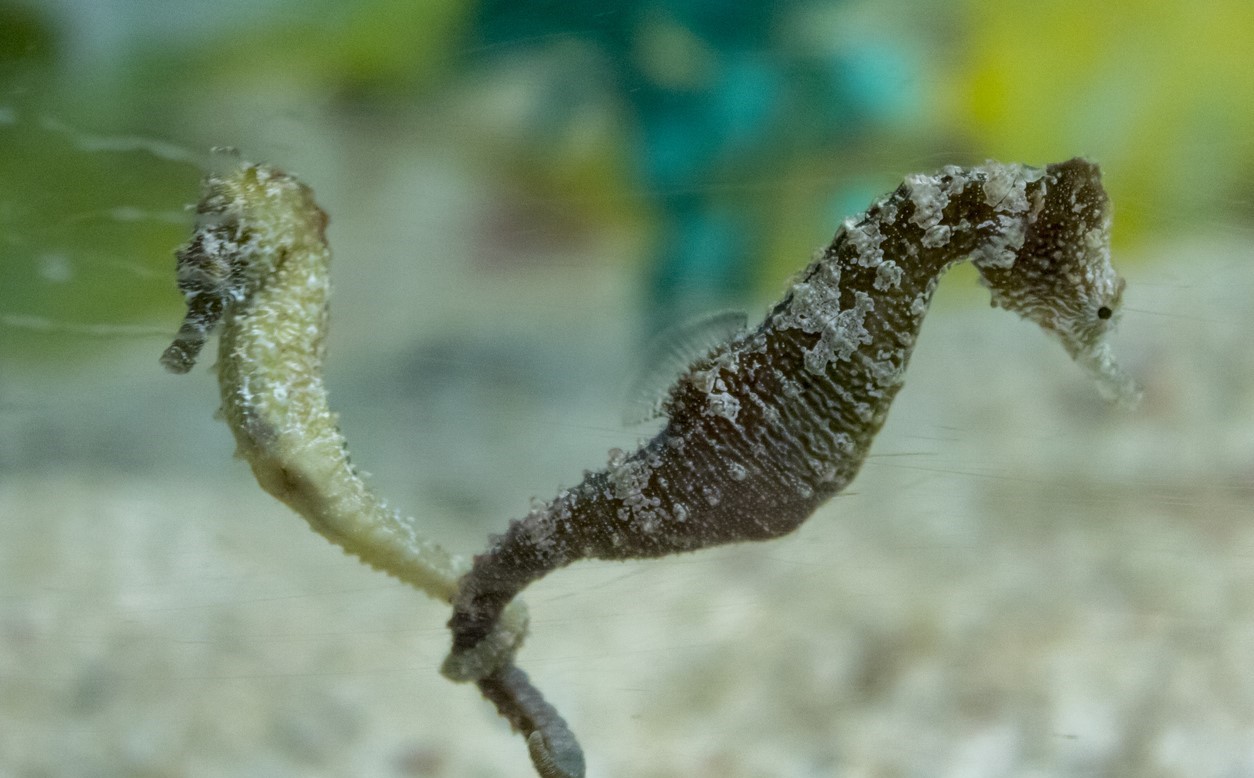
A charming and distinctive seahorse species, characterised by its tiny stature and unique prehensile tail. Often found clinging to seagrasses and other underwater structures.
Grey Seals
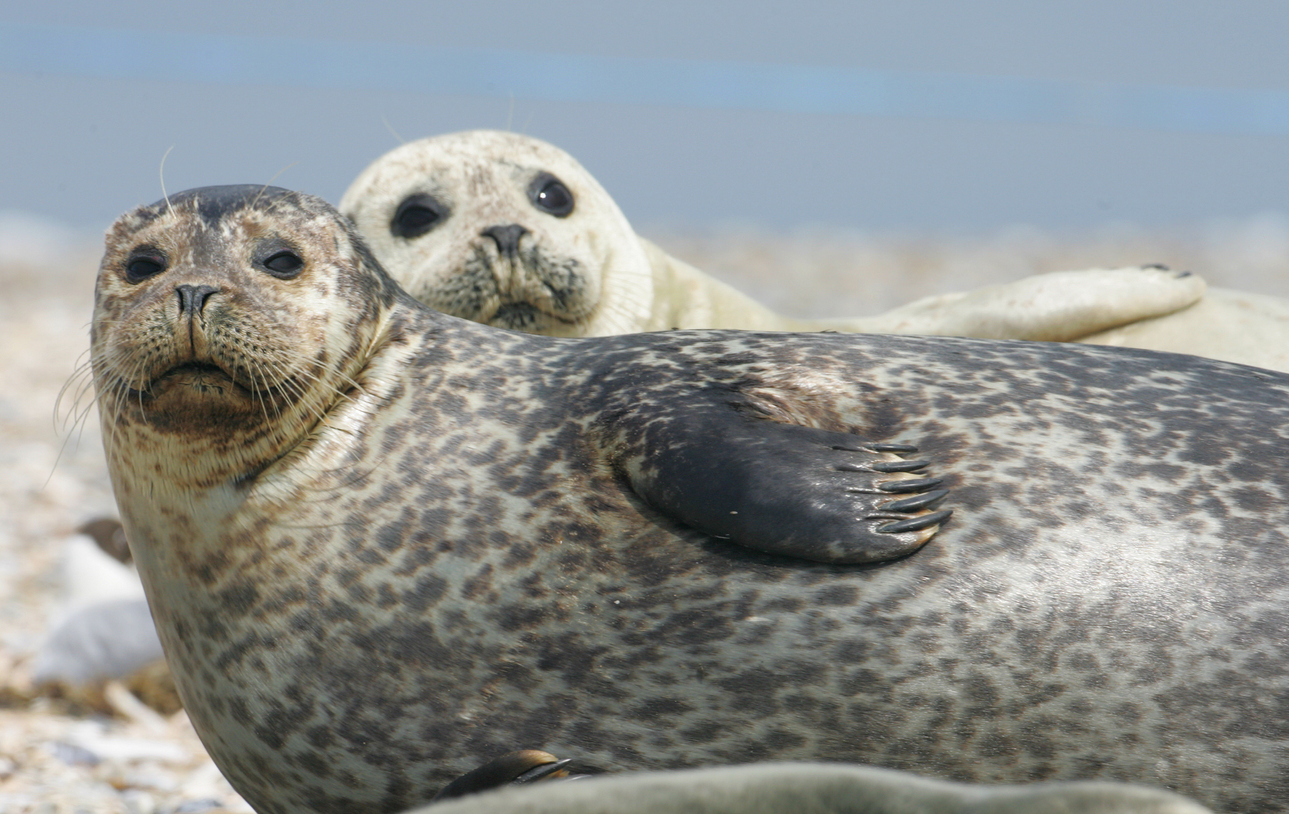
Known for their endearing, soulful expressions, this robust aquatic mammal with distinctive V-shaped nostrils is found along the English Channel and North Atlantic.
Sharks (Lesser Spotted Catshark, Smooth-hound shark, Tope shark)
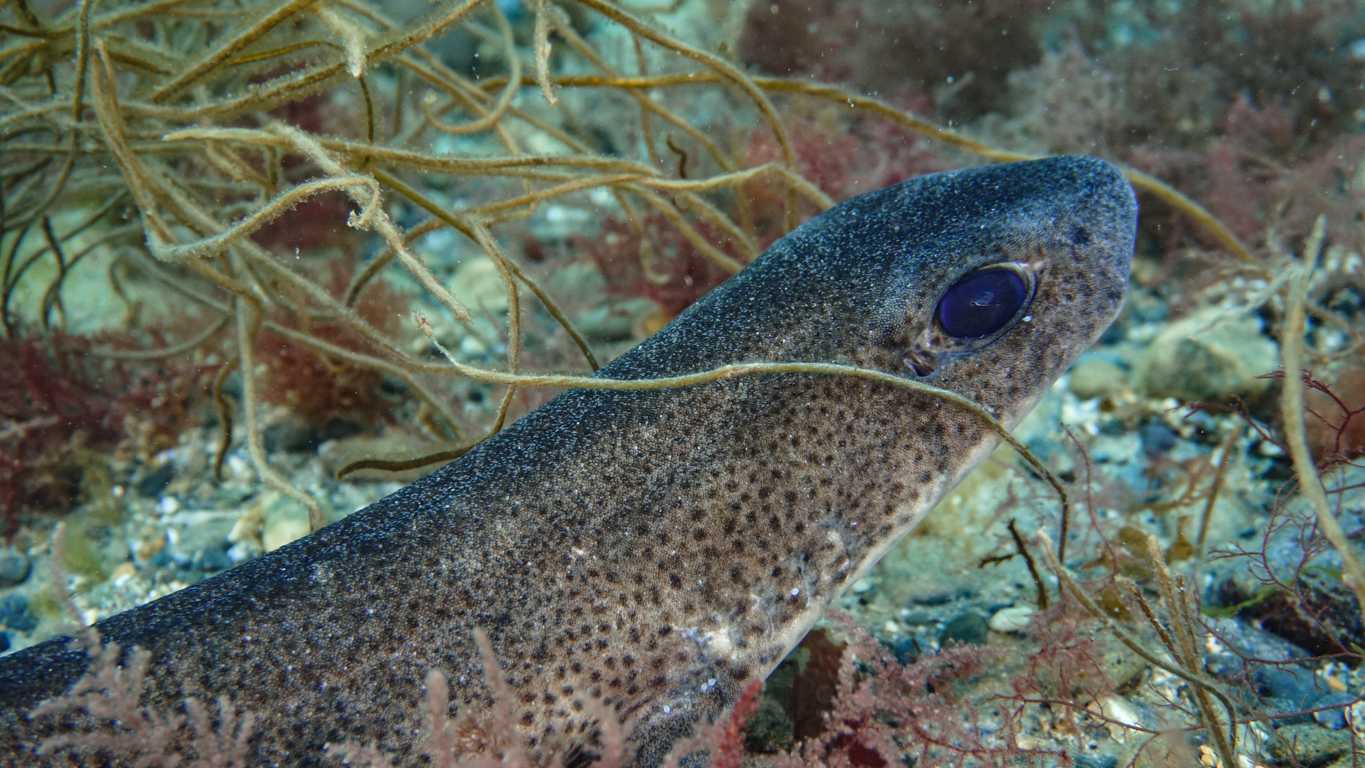
Lesser Spotted Catshark, Smooth-hound Shark, and Tope Shark, are formidable predators in the marine world, playing crucial roles in ocean ecosystems.
Rays (Stingrays Species, Spotted rays, Thornback rays, Undulate rays)
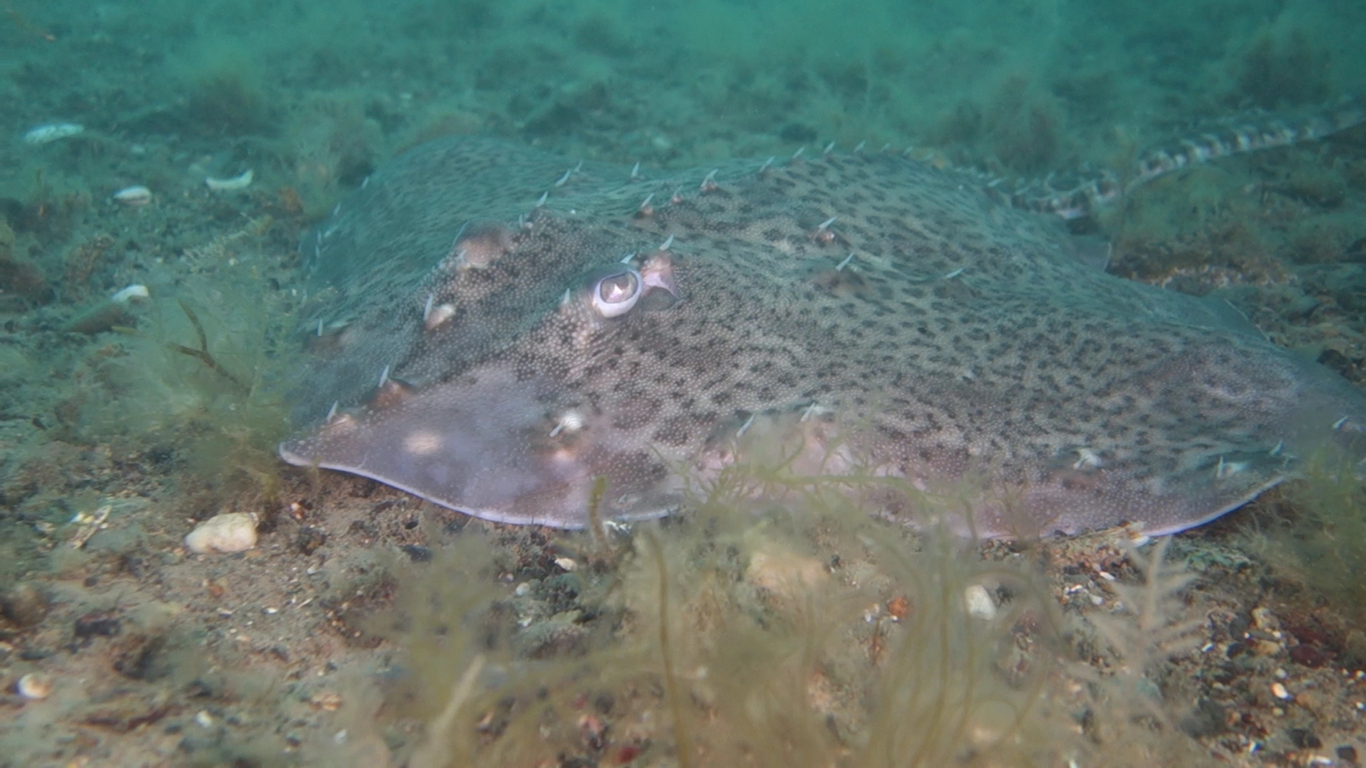
Rays encompass a diverse group of flattened cartilaginous fish, including graceful Stingrays, Spotted Rays, Thornback Rays, and Undulates, each adapted to their unique marine environments.

